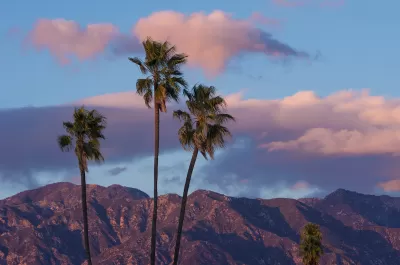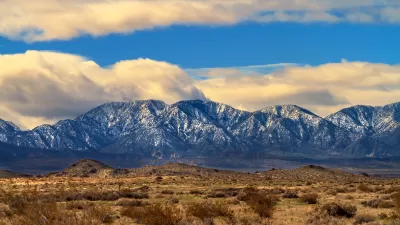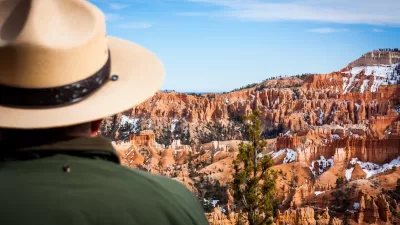The White House is sending a top-level cabinet member who oversees the U.S. Forest Service to the San Gabriel Valley east of Los Angeles to hear public comments on the proposed expansion the San Gabriel Mountains National Monument.

The San Gabriel Mountains National Monument is a National Monument managed by the U.S. Forest Service, which encompasses parts of the Angeles National Forest and the San Bernardino National Forest in California. On October 10, 2014, President Barack Obama used his authority under the Antiquities Act to create the new monument, protecting 346,177 acres of public lands in the San Gabriel Mountains of the Transverse Ranges.
Twin bills from Rep. Judy Chu, (D-Pasadena) and Sen. Alex Padilla, (D-Calif.) introduced in May this year propose adding 109,167 acres of Angeles National Forest land to the 346,179-acre San Gabriel Mountains National Monument. The monument includes 342,177 acres of the Angeles National Forest and 4,002 acres of neighboring San Bernardino National Forest. The bills would also designate more than 30,000 acres of protected wilderness and add 45.5 miles to the National Wild and Scenic Rivers System.
In this article, Steve Scauzillo reports that Homer Wilkes, undersecretary of the U.S. Department of Agriculture for natural resources and environment, will be in the San Gabriel Valley to hear from the public on November 7, 2023 as to whether President Joe Biden should expand the San Gabriel Mountains National Monument. Biden nominated Wilkes as under secretary in 2021 and he was confirmed by the U.S. Senate on February 8, 2022. Wilkes has a history of working on conservation and restoration of public lands.
FULL STORY: Top Biden official will hear from public on expanding San Gabriel Mountains National Monument

Study: Maui’s Plan to Convert Vacation Rentals to Long-Term Housing Could Cause Nearly $1 Billion Economic Loss
The plan would reduce visitor accommodation by 25,% resulting in 1,900 jobs lost.

North Texas Transit Leaders Tout Benefits of TOD for Growing Region
At a summit focused on transit-oriented development, policymakers discussed how North Texas’ expanded light rail system can serve as a tool for economic growth.

Why Should We Subsidize Public Transportation?
Many public transit agencies face financial stress due to rising costs, declining fare revenue, and declining subsidies. Transit advocates must provide a strong business case for increasing public transit funding.

How Community Science Connects People, Parks, and Biodiversity
Community science engages people of all backgrounds in documenting local biodiversity, strengthening connections to nature, and contributing to global efforts like the City Nature Challenge to build a more inclusive and resilient future.

Alabama: Trump Terminates Settlements for Black Communities Harmed By Raw Sewage
Trump deemed the landmark civil rights agreement “illegal DEI and environmental justice policy.”

Dear Tesla Driver: “It’s not You, It’s Him.”
Amidst a booming bumper sticker industry, one writer offers solace to those asking, “Does this car make me look fascist?”
Urban Design for Planners 1: Software Tools
This six-course series explores essential urban design concepts using open source software and equips planners with the tools they need to participate fully in the urban design process.
Planning for Universal Design
Learn the tools for implementing Universal Design in planning regulations.
City of Santa Clarita
Ascent Environmental
Institute for Housing and Urban Development Studies (IHS)
City of Grandview
Harvard GSD Executive Education
Toledo-Lucas County Plan Commissions
Salt Lake City
NYU Wagner Graduate School of Public Service




























